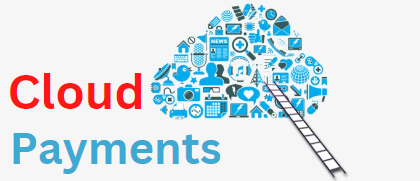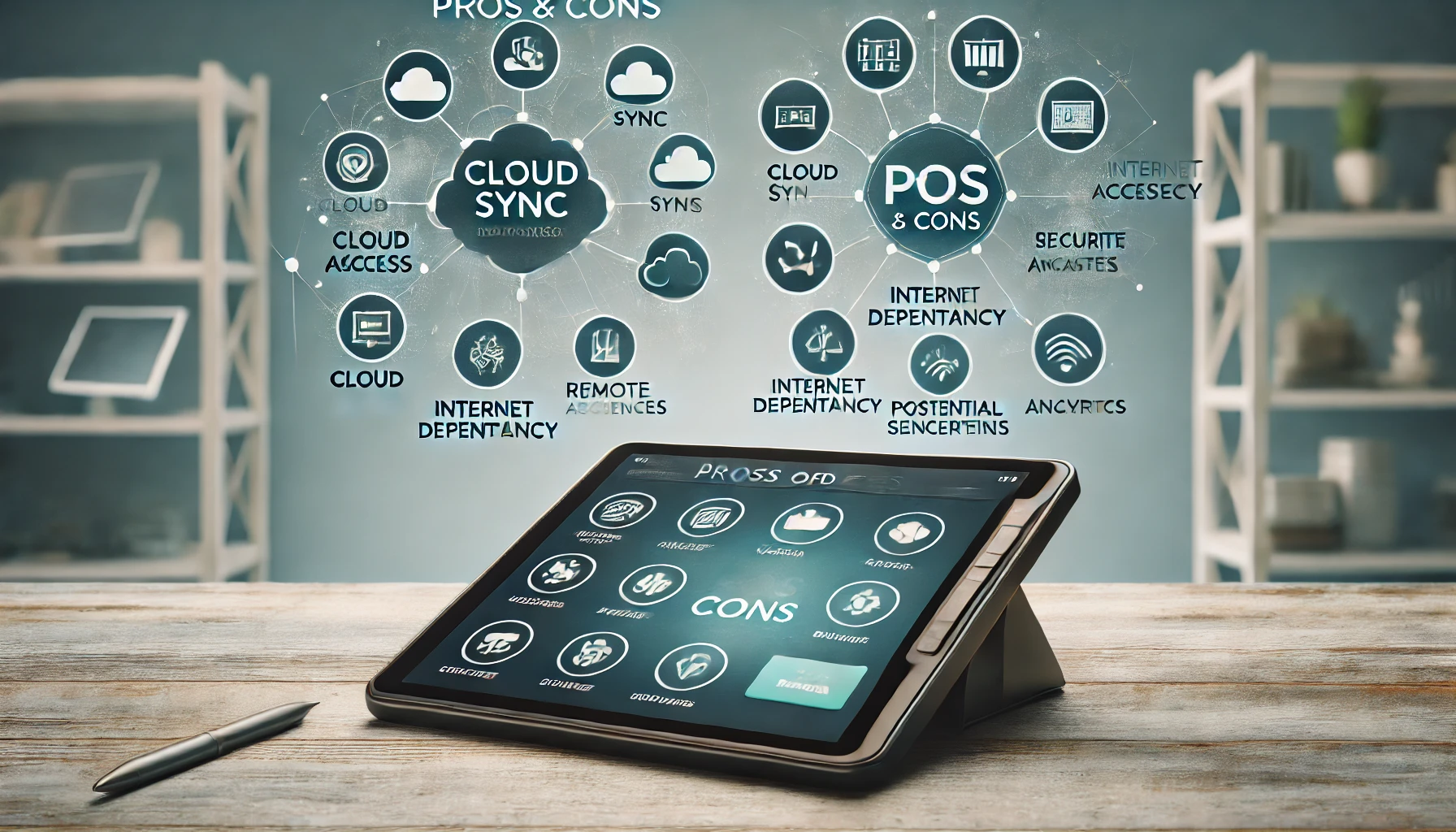How to Integrate Cloud Payments with Accounting Software
In today’s digital age, businesses are constantly seeking ways to streamline their operations and improve efficiency. One area that has seen significant advancements is the integration of cloud payments with accounting software. This integration allows businesses to seamlessly manage their financial transactions and record-keeping, resulting in improved accuracy, time savings, and increased productivity.
Cloud payment and accounting software integration refers to the process of connecting a cloud-based payment solution with accounting software to automate and synchronize financial data. This integration eliminates the need for manual data entry, reduces errors, and provides real-time visibility into financial transactions. By leveraging the power of the cloud, businesses can access their financial data from anywhere, at any time, and make informed decisions based on accurate and up-to-date information.
What is Cloud Payment and Accounting Software Integration?
Cloud payment solutions are online platforms that enable businesses to accept and process payments securely. These solutions typically offer a range of payment options, including credit cards, debit cards, and digital wallets. They also provide features such as invoicing, recurring billing, and payment reminders.
Accounting software, on the other hand, is a tool that helps businesses manage their financial transactions, track expenses, and generate financial reports. It automates tasks such as bookkeeping, invoicing, and payroll, allowing businesses to focus on core activities.
When these two systems are integrated, businesses can seamlessly transfer payment data from the cloud payment solution to the accounting software. This eliminates the need for manual data entry, reduces errors, and ensures that financial records are accurate and up-to-date.
Choosing the Right Cloud Payment Solution for Your Business
Before integrating cloud payments with accounting software, it is important to choose the right cloud payment solution for your business. There are several factors to consider when making this decision, including:
- Payment Options: Ensure that the cloud payment solution supports the payment options that are most commonly used by your customers. This may include credit cards, debit cards, digital wallets, or even alternative payment methods such as cryptocurrencies.
- Security: Look for a cloud payment solution that prioritizes security and compliance. It should offer features such as encryption, tokenization, and fraud detection to protect sensitive customer data.
- Integration Capabilities: Check whether the cloud payment solution can integrate with your existing accounting software. Compatibility is crucial to ensure a seamless transfer of data between the two systems.
- Pricing: Consider the pricing structure of the cloud payment solution. Some solutions charge a flat fee per transaction, while others have a monthly subscription fee. Evaluate your business’s payment volume and choose a pricing model that aligns with your budget.
Step-by-Step Guide: Integrating Cloud Payments with Accounting Software
Now that you have chosen the right cloud payment solution for your business, it’s time to integrate it with your accounting software. Here is a step-by-step guide to help you through the process:
- Assess Your Current Systems: Take stock of your existing payment and accounting systems. Identify the software you are currently using and evaluate its compatibility with the chosen cloud payment solution.
- Research Integration Options: Explore the integration options provided by the cloud payment solution. Some solutions offer pre-built integrations with popular accounting software, while others may require custom development or the use of third-party integration tools.
- Set Up the Integration: Follow the instructions provided by the cloud payment solution to set up the integration. This may involve configuring API keys, establishing secure connections, and mapping data fields between the payment solution and accounting software.
- Test the Integration: Before going live, thoroughly test the integration to ensure that data is being transferred accurately between the two systems. Verify that payments are being recorded correctly in the accounting software and that any associated fees or taxes are accounted for.
- Train Your Team: Provide training to your team members on how to use the integrated system. Familiarize them with the new workflows and ensure they understand how to access and interpret financial data.
- Monitor and Maintain: Regularly monitor the integration to ensure that it continues to function smoothly. Stay updated with any software updates or changes that may affect the integration and make necessary adjustments as required.
Understanding the Key Features and Functionality of Integrated Cloud Payment Systems
Integrated cloud payment systems offer a range of features and functionality that can greatly benefit businesses. Some key features to look out for include:
- Automated Data Syncing: Integrated systems automatically sync payment data with the accounting software, eliminating the need for manual data entry. This ensures that financial records are accurate and up-to-date.
- Real-Time Reporting: Integrated systems provide real-time visibility into financial transactions, allowing businesses to generate reports on revenue, expenses, and cash flow instantly. This enables timely decision-making and better financial management.
- Invoice Management: Integrated systems often include features for creating and managing invoices. Businesses can generate professional-looking invoices, send them to customers, and track payment status, all within the accounting software.
- Payment Reminders: Integrated systems can send automated payment reminders to customers, reducing the need for manual follow-ups. This helps improve cash flow and reduces the risk of late payments.
- Reconciliation: Integrated systems simplify the reconciliation process by automatically matching payments received with corresponding invoices. This saves time and reduces errors associated with manual reconciliation.
Overcoming Challenges: Common Issues and Solutions in Cloud Payment Integration
While integrating cloud payments with accounting software offers numerous benefits, businesses may encounter some challenges along the way. Here are some common issues and their solutions:
- Compatibility Issues: Incompatibility between the cloud payment solution and accounting software can hinder integration. To overcome this, choose a cloud payment solution that offers pre-built integrations with popular accounting software or seek the assistance of a developer to create a custom integration.
- Data Mapping Errors: Incorrect mapping of data fields between the payment solution and accounting software can result in data discrepancies. Carefully review the mapping configuration during the setup process and test the integration thoroughly to ensure accurate data transfer.
- Security Concerns: Integrating cloud payments with accounting software involves handling sensitive customer data. To address security concerns, choose a cloud payment solution that prioritizes data encryption, tokenization, and compliance with industry standards such as PCI DSS.
- Training and Adoption: Introducing a new integrated system requires training and adoption by the team members. Provide comprehensive training to ensure that everyone understands how to use the system effectively and encourage adoption by highlighting the benefits it brings to their daily tasks.
Maximizing Efficiency: Streamlining Financial Processes with Integrated Cloud Payments
By integrating cloud payments with accounting software, businesses can streamline their financial processes and improve efficiency. Here are some ways in which integrated cloud payments can maximize efficiency:
- Time Savings: Manual data entry is time-consuming and prone to errors. With integrated cloud payments, businesses can eliminate the need for manual data entry, saving time and reducing the risk of errors.
- Improved Accuracy: Integrated systems ensure that payment data is accurately recorded in the accounting software. This eliminates the need for manual reconciliation and reduces the risk of data discrepancies.
- Real-Time Visibility: Integrated systems provide real-time visibility into financial transactions, allowing businesses to monitor cash flow, track revenue, and make informed decisions based on up-to-date information.
- Automated Workflows: Integrated systems automate tasks such as invoicing, payment reminders, and reconciliation. This reduces the need for manual intervention, freeing up time for more strategic financial activities.
Ensuring Security and Compliance in Cloud Payment and Accounting Software Integration
Security and compliance are paramount when integrating cloud payments with accounting software. Here are some measures businesses can take to ensure security and compliance:
- Choose a Secure Cloud Payment Solution: Select a cloud payment solution that prioritizes security and compliance. Look for features such as data encryption, tokenization, and fraud detection to protect sensitive customer data.
- Implement Access Controls: Restrict access to the integrated system to authorized personnel only. Implement strong password policies, multi-factor authentication, and regular access reviews to prevent unauthorized access.
- Regularly Update Software: Keep both the cloud payment solution and accounting software up to date with the latest security patches and updates. Regularly review and update security configurations to address any vulnerabilities.
- Compliance with Regulations: Ensure that the integrated system complies with relevant regulations such as the Payment Card Industry Data Security Standard (PCI DSS) and the General Data Protection Regulation (GDPR). Regularly review and update compliance measures to stay in line with changing regulations.
Frequently Asked Questions (FAQs) about Cloud Payment and Accounting Software Integration
Q.1: What are the benefits of integrating cloud payments with accounting software?
Answer: Integrating cloud payments with accounting software offers benefits such as time savings, improved accuracy, real-time visibility, and automated workflows.
Q.2: How do I choose the right cloud payment solution for my business?
Answer: Consider factors such as payment options, security, integration capabilities, and pricing when choosing a cloud payment solution for your business.
Q.3: What are some common challenges in cloud payment integration?
Answer: Common challenges include compatibility issues, data mapping errors, security concerns, and training and adoption.
Q.4: How can I ensure security and compliance in cloud payment integration?
Answer: Choose a secure cloud payment solution, implement access controls, regularly update software, and ensure compliance with relevant regulations.
Conclusion
Integrating cloud payments with accounting software offers businesses a range of benefits, including time savings, improved accuracy, real-time visibility, and automated workflows. By choosing the right cloud payment solution, following a step-by-step integration process, and addressing common challenges, businesses can streamline their financial processes and maximize efficiency. It is crucial to prioritize security and compliance to protect sensitive customer data and ensure adherence to regulations. With the right integration, businesses can unlock the full potential of cloud payments and accounting software, enabling them to make informed decisions and drive growth.











